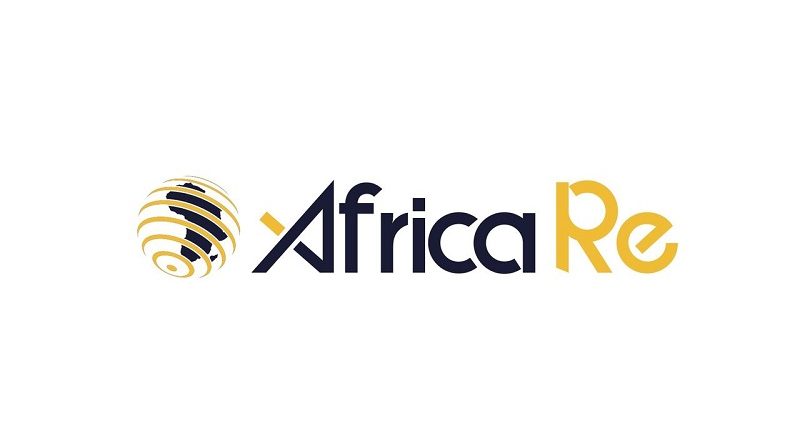
Introduction
The Money printing limit of any country can print at any given time is not innately constrained by any physical factors. Today’s country currency is primarily fiat money, meaning its value isn’t backed by physical assets like gold or silver. Instead, each currency’s worth hinges on public trust in the issuing government and its economy. This understanding is vital as we delve deeper into this question and its implications on money printing limits and inflation.
The responsibility of the central bank is to print, oversee, and develop policies to ensure that the amount of money in circulation stays constant. Even though there is no actual physical limit to the amount of money that may be printed or minted, central banks and governments exercise absolute care and employ monetary policies that ensure proper regulation of the money. They do this in order to prevent the drawbacks experienced in excessive money printing, including inflation, currency depreciation, and economic instability
Central banks use a variety of instruments and procedures, including open market operations, leverage on interest rates, and reserve requirements for banks within the country to manage the nation’s money supply. The aim is to promote long-term economic growth and keep prices constant (low inflation). The printing of money has no practical limit, but countries must act accordingly and responsibly to maintain the stability of their economies and the trust of their citizens and international trading bodies using their currency.
Past History:
As evidenced by the cases of hyperinflation is in history of Zimbabwe in the late 2000, Weimar Republic in Germany in 1923, which saw the culmination of inflation due to civil unrest, and more recently Venezuela in the 2010s. Negligent printing of money may result in serious economic catastrophe. These examples of hyperinflation highlight the catastrophic consequences of unrestrained printing of money and the significance of careful monetary policy to preserve price stability and economic stability. Printing money carelessly, often known as “hyperinflationary money printing” can have negative and detrimental repercussions on an economy.
Effect of Over Excessive Printing of Money
Without and careful economic justification and restraints, a government printing excessive amounts of money can have the following effects:
Hyperinflation
The most immediate and destructive effect of irresponsible money printing is hyperinflation. Hyperinflation occurs when the general price level of goods and services rises rapidly and uncontrollably. As the value of the currency plummets, prices skyrocket, leading to a loss of purchasing power for consumers. This phenomenon can quickly erode the savings and wealth of individuals and cause economic downfall.
Loss of Confidence in the Government
Irresponsible money printing erodes the public’s confidence in the currency and the overall financial eco-system, highlighting the importance of money printing limit. Citizens may lose faith in the government’s ability to maintain price stability and preserve the value of money, potentially resulting in currency flight. This can trigger a rush by individuals or companies to hold alternative assets or foreign currencies to withstand the challenges of the international economic system
Economic and Financial Instability
Hyperinflation can trigger economic instability and disrupt the normal functioning of the economy as the country can no longer control inflation. Businesses and companies struggle to set prices and make long-term decision and plans, and investors lose confidence in dealing with the country commodities, leading to a general decline in investment and economic growth. Hyperinflation can also lead to a loss of trust in the government and its ability to manage the economy, further exacerbating economic instability.
Weakness in International trade relationship
Irresponsible money printing or hyperinflation can lead to a devaluation of the national currency on the foreign exchange and stock market. A weaker currency makes importation of good and services more expensive and as well reduces the country’s purchasing power abroad making the imported goods more expensive than before. Additionally, not only that it affects importation, it can deter foreign investors and undermine international trade relationships.
Financial Inequality and segregation
Hyperinflation disproportionately affects vulnerable populations, including those with fixed incomes, pensioners, and day to day laborers. As prices of commodities soar higher, people on fixed incomes struggle to afford basic necessities, exacerbating income inequality as the case of Nigeria in our current time where the price of fuel and commodities are like that of gold and silver.
Economic Downturn
In extreme cases, excessive money printing can result in an economic collapse or downfall, leading to socio-political upheaval. This scenario can cause widespread unemployment, poverty, and a breakdown of important services within the nation.
How Do Central Bank manage inflation?
Central banks manage inflation through the implementation of various monetary policy tools and strategies. The primary objective is to maintain price stability and keep inflation at a target level, typically around 2% to 3% in many developed countries.
Here are the 8 key approaches central banks use to manage inflation and regulate the circulation of fund within the country:
1 Leveraging on Interest Rate Policy:
One of the most influential and robust tools at the disposal of central banks is the setting of interest rates, which can have a significant impact on the country’s financial status, including money printing limit. Central banks utilize policy rates, such as key interest rates to influence borrowing costs for consumers and businesses. When inflation rises above the target, central banks may increase interest rates to reduce borrowing and spending. This approach can help cool down the economy and lower inflationary pressures. Conversely, when inflation is below the target or the economy requires stimulation, central banks may lower interest rates to encourage borrowing and spending
2 Opening Market Operations and Control
Central banks conduct open market operations by buying or selling government bonds and other financial assets in the open market. When the central bank wants to reduce the money supply and curb inflation, it sells government bonds, effectively taking money out of circulation. Conversely, when the central bank wants to stimulate the economy and increase inflation, it buys government bonds, injecting money into the economy.
3 Regulating Reserve Requirements
Central banks can set reserve requirements, which are the minimum amounts of money that banks must hold in reserve against their customer deposits or sudden withdrawal. By adjusting these requirements, central banks can influence the amount of money that banks can lend out to their customers. Lowering reserve requirements hence increase the money supply, potentially leading to higher inflation, while raising reserve requirements can have the opposite effect on interest rate otherwise.
4 Inflation Disposition Targeting
Many central banks explicitly adopt inflation targeting as a framework for conducting monetary policy. Inflation targeting tend to increase the economic growth and help reduce inflation. They set an inflation target (e.g. 3%) and adjust their policy measures to achieve this target over the medium term. Inflation targeting provides clarity to the public and financial markets about the central bank’s objectives and decision on future development on price.
5 Supply-Side Policies
Majority of country developed today implements supply-side policies aimed at increasing the productive capacity of the economy. These measures such as investment in infrastructure, education, agriculture, technology, and other parastatals sector of the country can lead to increased production, helping to meet demand of consumers and prevent excessive price increases.
6 Forward Guidance
Central banks use communication strategies, such as forward guidance, to influence market expectations. By clearly communicating their future policy intentions and economic outlook to investors, central banks can influence borrowing and spending decisions by businesses and consumers.
7 Fiscal Policy maintenance
Governments can use fiscal policy to control inflation by adjusting tax rates and governmental spending. Increasing taxes in other words can affect the citizen but it plays a vital role in reducing aggregate demand. Also reducing government expenditure can help in cooling down the economy and contributing to lower inflation
8 Quantitative Easing (QE)
In times of severe economic downturn or deflationary pressures occurrence, central banks may resort to quantitative easing. QE involves the large-scale purchase of financial assets such as government bond by the central bank to increase the money supply and lower long-term interest rates.







Leave a Reply